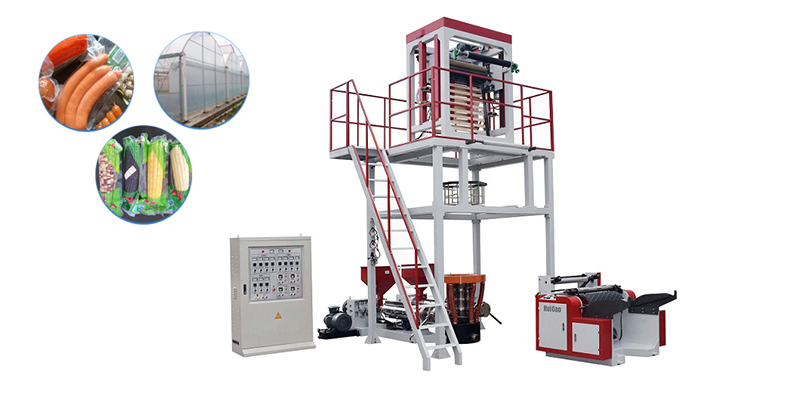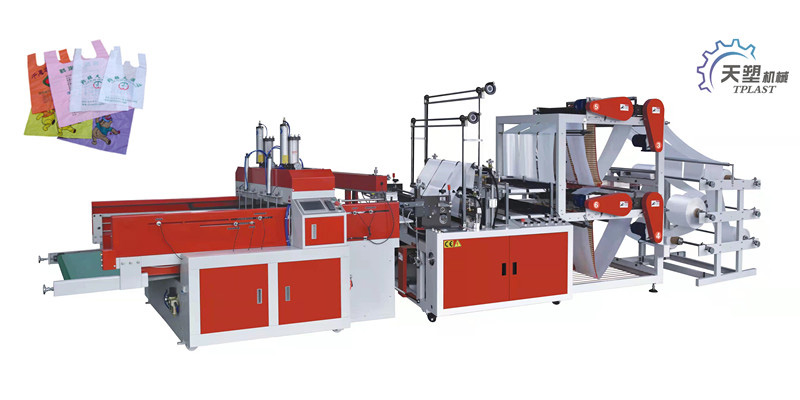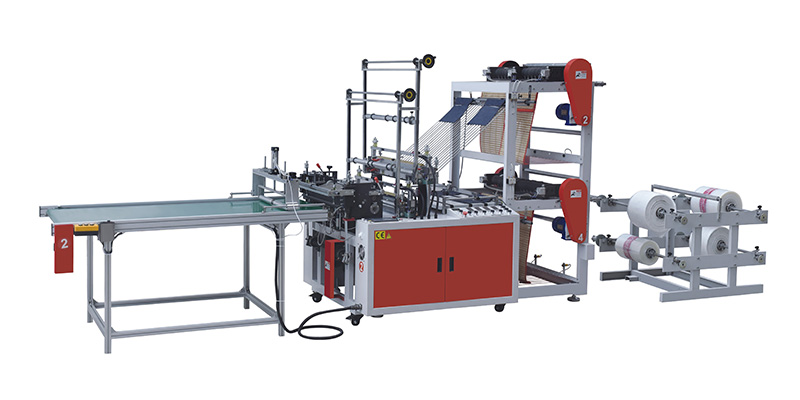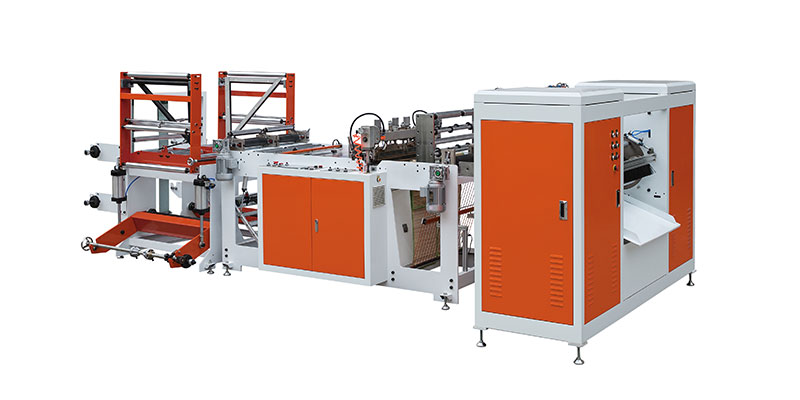How Do Film Blowing Machines Adapt to the Production of Biodegradable Plastic Films?
In recent years, the growing concern for environmental protection has led to a significant shift towards biodegradable plastic films. These films offer an eco - friendly alternative to traditional petroleum - based plastics, reducing the burden on landfills and marine environments. However, producing biodegradable plastic films requires adjustments to the operation and design of film blowing machines. Let's explore how these machines are adapting to meet the demands of this emerging trend.
Understanding the Basics of Film Blowing Machines
Before delving into the adaptations, it's essential to have a basic understanding of how film blowing machines work. Typically, a film blowing machine consists of several key components: an extruder, a die head, a cooling system, and a haul - off unit. The process begins with feeding plastic resin pellets into the extruder. Inside the extruder, the pellets are heated and melted into a viscous fluid. This molten plastic is then forced through the die head, which shapes it into a circular tube. As the tube of molten plastic emerges from the die head, it is inflated by air, creating a bubble. The cooling system rapidly cools the bubble, solidifying the film. Finally, the haul - off unit pulls the cooled film at a controlled speed and winds it onto a roll.
Key Adaptations for Biodegradable Plastic Films
1. Temperature Control
Biodegradable plastic resins have different melting and processing temperatures compared to traditional plastics. For example, polylactic acid (PLA), a commonly used biodegradable material, has a lower melting point than polyethylene (PE), a traditional plastic. This means that film blowing machines need to be more precise in temperature control when processing biodegradable plastics.
|
Plastic Type |
Melting Point (°C) |
Recommended Extrusion Temperature Range (°C) |
|
Polyethylene (PE) |
105 - 135 |
160 - 230 |
|
Polylactic Acid (PLA) |
150 - 160 |
170 - 210 |
|
Starch - based Bioplastics |
130 - 150 |
150 - 190 |
To adapt, modern film blowing machines are equipped with advanced temperature sensors and controllers. These devices continuously monitor the temperature inside the extruder, die head, and cooling system, making real - time adjustments to ensure that the biodegradable plastic is processed within the optimal temperature range. If the temperature is too high, the biodegradable plastic may degrade prematurely, affecting the film's strength and quality. On the other hand, if the temperature is too low, the plastic may not melt properly, resulting in uneven film thickness and poor surface finish.
2. Screw Design
The screw inside the extruder is crucial for melting and transporting plastic resin. Biodegradable plastics often have different flow characteristics from traditional plastics. They might be more thick and sticky, or they tend to adhere more strongly to the screw and the inner surface of the extruder barrel. To deal with these differences, film blowing machines used for making biodegradable plastic films often have screws with modified designs.
One common modification is increasing the length of the compression zone. In screws designed for traditional plastics, the compression zone usually has a certain length. But for biodegradable plastics, a longer compression zone allows the plastic to melt more gradually and efficiently. This helps reduce the risk of the plastic overheating and degrading during the melting process.
Another important aspect is the design of the flighting, which are the ridges on the screw. For traditional plastics, the flighting has standard angles and pitches. However, screws for biodegradable plastics are designed with specific angles and pitches that are optimized to better move the sticky biodegradable plastic. This ensures that the plastic flows smoothly and steadily into the die head.
In addition, the surface treatment of the screw also varies. Traditional plastic screws usually have a regular surface. In contrast, screws for biodegradable plastics often have a coated or textured surface. This special treatment helps reduce the tendency of the biodegradable plastic to stick to the screw, improving the overall efficiency of the extrusion process.
|
Screw Feature |
Traditional Plastic Screw |
Biodegradable Plastic Screw |
|
Compression Zone Length |
Shorter |
Longer |
|
Flighting Angle |
Standard |
Optimized for better plastic flow |
|
Flighting Pitch |
Standard |
Adjusted for specific plastic flow |
|
Surface Treatment |
Regular surface |
Coated or textured surface |
3. Die Head Modifications
The die head is responsible for shaping the molten plastic into a film. When producing biodegradable plastic films, the die head may need to be adjusted to achieve the desired film properties.
• Orifice Size and Shape: Biodegradable plastics may require different orifice sizes and shapes in the die head to ensure uniform film thickness and good bubble stability. For instance, a slightly larger orifice may be needed to accommodate the different flow rate of some biodegradable plastics.
• Temperature - Controlled Die Heads: Similar to the extruder, die heads for biodegradable plastic films may have enhanced temperature control capabilities. This helps to maintain the proper viscosity of the molten plastic as it exits the die head, preventing issues such as film tearing or uneven expansion.

4. Cooling System Enhancements
The cooling system is vital for quickly solidifying the blown film. Biodegradable plastics can be more sensitive to cooling rates compared to traditional plastics. Faster cooling may be required to preserve the film's mechanical properties and prevent the growth of crystals that could affect transparency.
• Increased Cooling Capacity: Film blowing machines for biodegradable plastics may have more powerful cooling fans or larger cooling chambers to increase the rate of heat dissipation.
• Precision Cooling Control: Advanced cooling systems can precisely regulate the temperature and airflow around the film bubble. This ensures that the film cools evenly, reducing the likelihood of warping or distortion.
Conclusion
As the demand for biodegradable plastic films continues to rise, film blowing machines are evolving to meet the unique requirements of these eco - friendly materials. Through adaptations in temperature control, screw design, die head modifications, and cooling system enhancements, these machines can produce high - quality biodegradable plastic films that meet the standards of various industries. These adaptations not only contribute to the growth of the biodegradable plastics market but also play a significant role in reducing the environmental impact of plastic waste. With ongoing research and development, we can expect further improvements in the performance and efficiency of film blowing machines for biodegradable plastic films in the future.

 English
English Français
Français Español
Español


